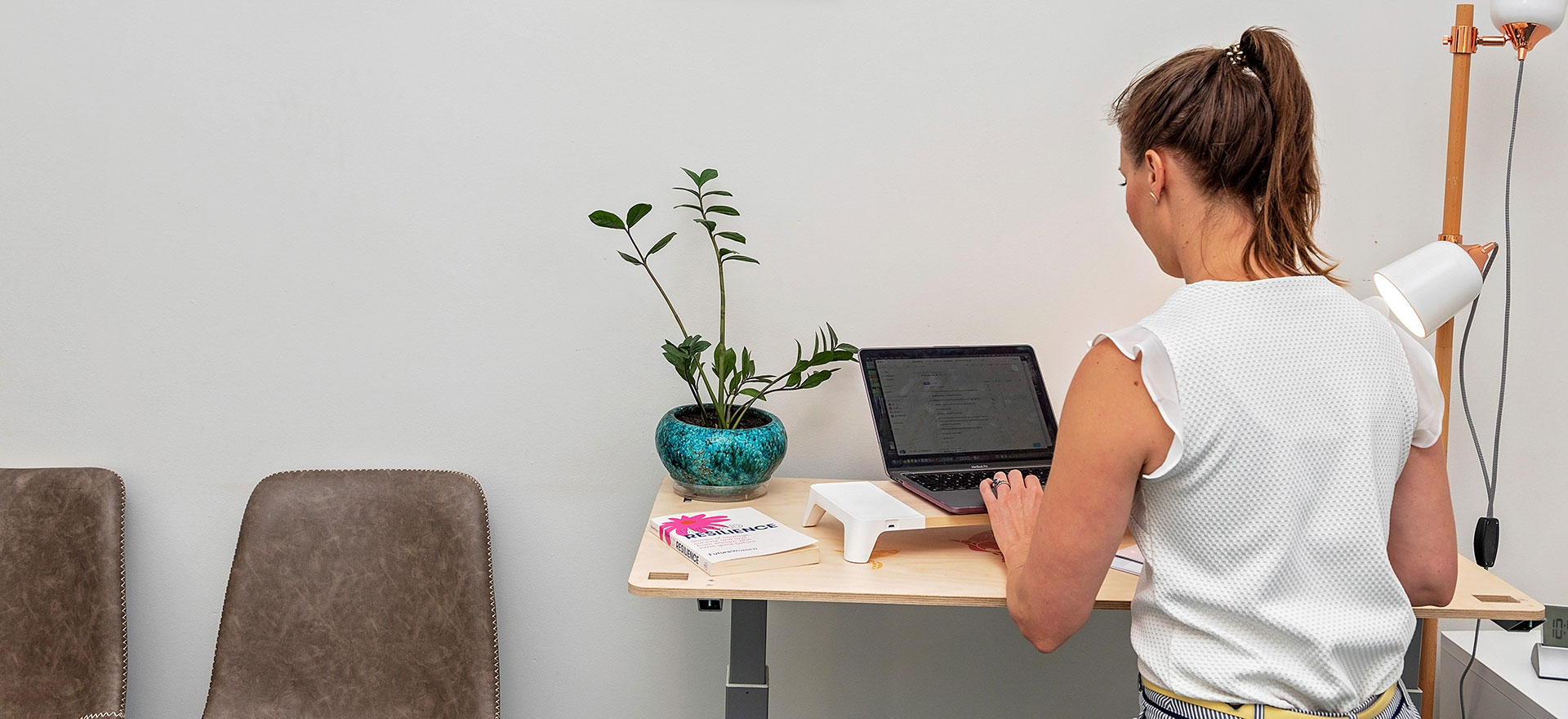The Diaphragm
WHY is it important? WHAT does it do? HOW do we uses it well?!
Written by Our Resilient Health Osteopath Dr Mel Pierlot!
“There is arguably no other muscle in the human body that is so central literally and figuratively to our physical, biochemical and emotional health as the diaphragm. From its obvious role in respiration to its less obvious roles in postural stability, spinal decompression, fluid dynamics, visceral health and emotional regulation, the diaphragm has a repertoire of function that is broad by any muscle’s standard.”
– Matt Wallden MSc Ost Med, BSc (Hons) Ost Med, DO, ND doi:10.1016/j.jbmt.2017.03.013
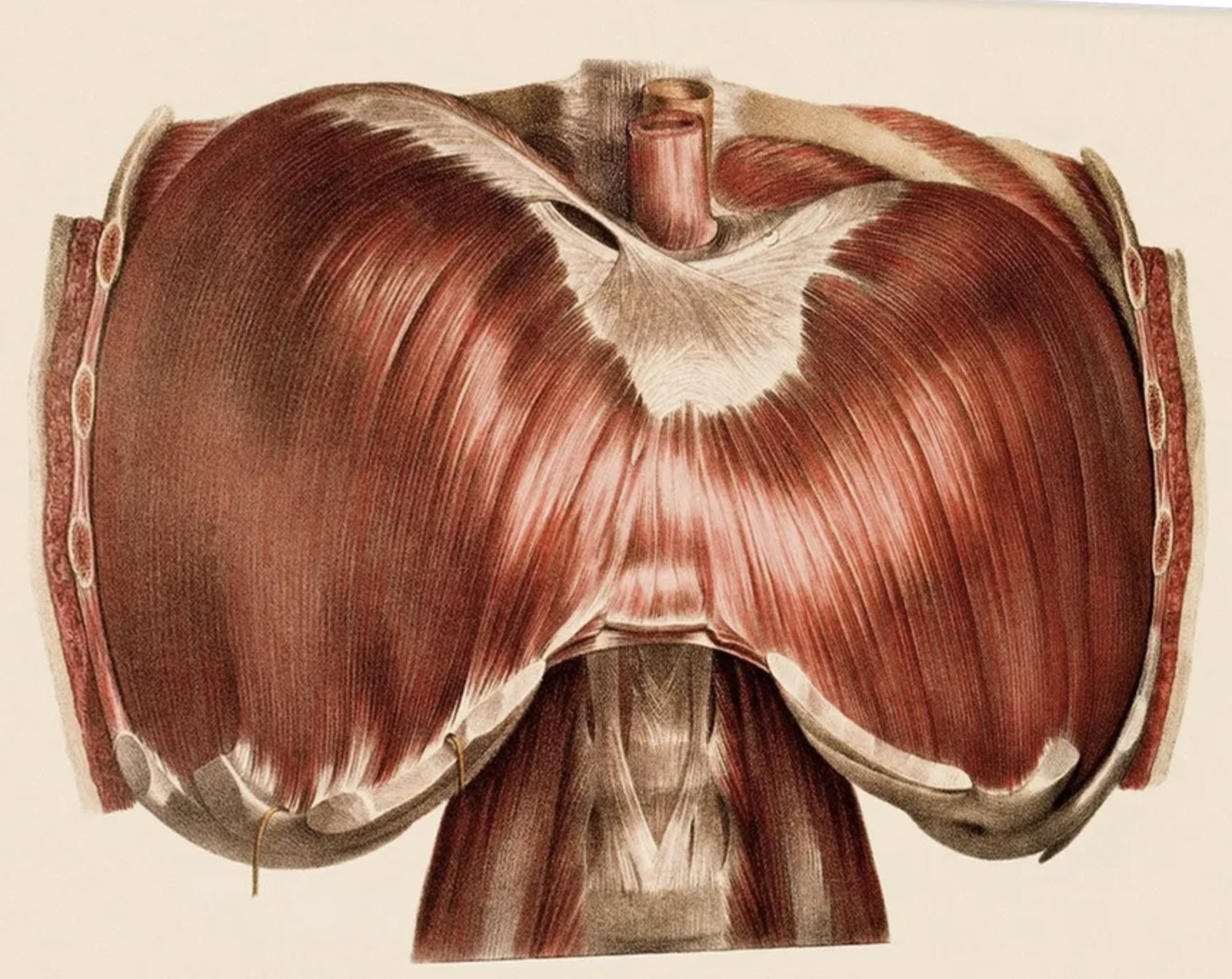
The diaphragm is a domed shaped muscle that sits below our chest but above our abdomen. It is two half-domes and they are NOT symmetrically organized! It has ligaments that attach the muscle to the viscera, including an attachment to the base of the lungs, one to the heart, two to the liver and a few to the intestines. So, it supports the lungs and heart from above while sitting on top of the liver and stomach below.
The diaphragm is arguably one of the most important muscles in ourbodies, keep reading to find out why we LOVE to treat the diaphragm here at Resilient Health!
“The diaphragm is one of the most remarkable areas of the body in that it has so much influence and the consequences of its dysfunction can manifest anywhere from the head to the toes”
Caroline Stone. Science in the art of osteopathy. Osteopathic principles and practice. Stanley Thornes Ltd, Cheltenham 1999.
Breathing
The diaphragm is the primary muscle that controls breathing! When we take a deep breath in, the diaphragm contracts causing the dome to descend and flatten, allowing our lungs to suck in air. When the diaphragm relaxes, the dome ascends forcing air out of the lungs as we exhale. The diaphragm is a muscle that never stops working, that’s why it’s so important to take care of it!
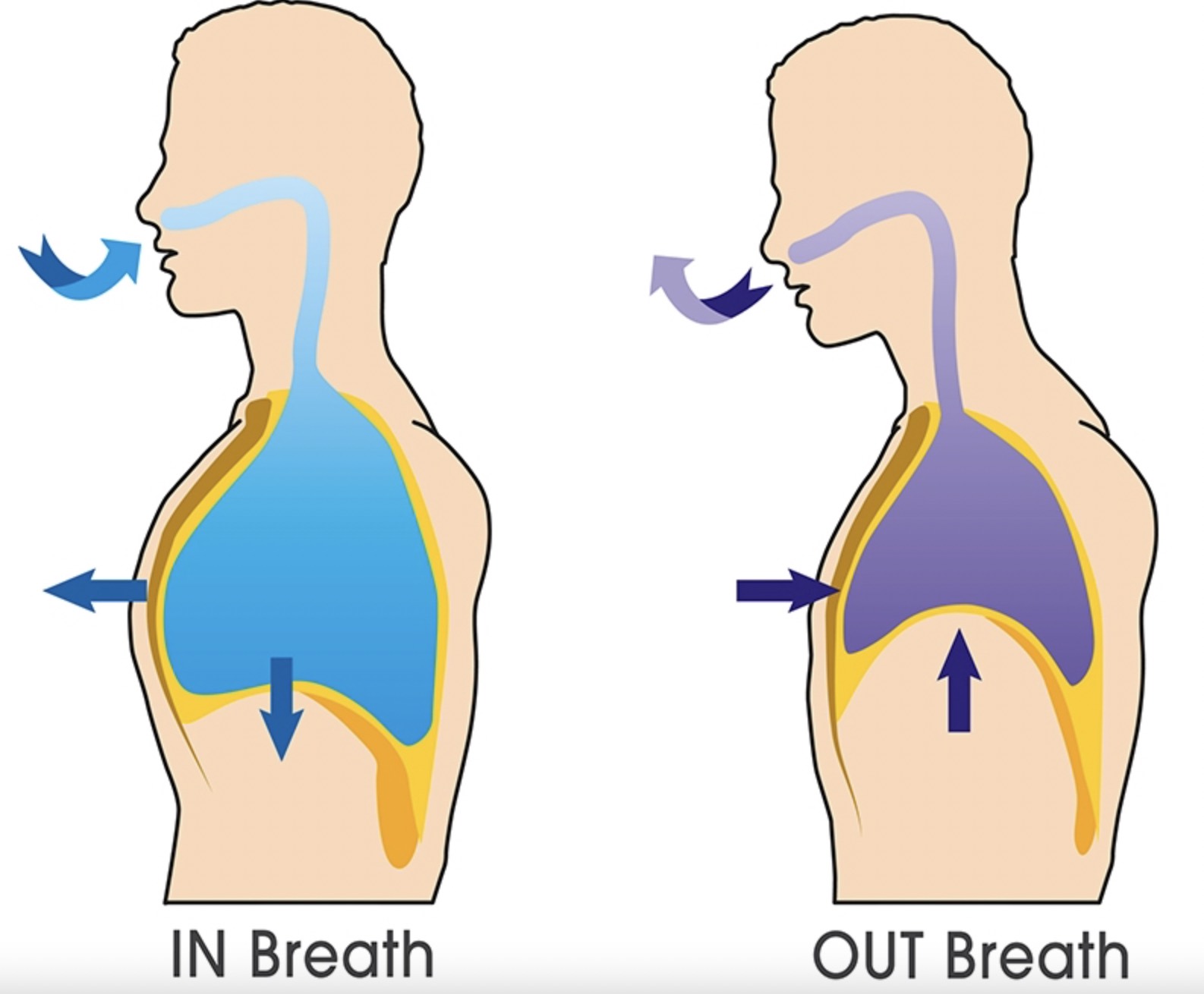
Circulation
The diaphragm has openings in it to allow important vessels to get from one end of the body to the other. An important vessel that travels through the diaphragm is the vena cava, which is the biggest vein in our body. As we breathe, the diaphragm changes the pressure in the vena cava which allows our blood to return to our heart (kind of important in keeping us alive).
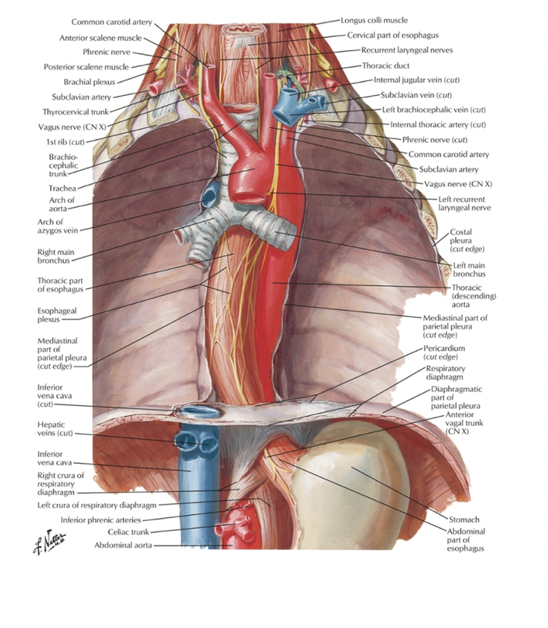
Digestion
Another important structure that runs through the diaphragm is the oesophagus.Tension in the diaphragm may squeeze the oesophagus, resulting in "heart burn" or discomfort (third trimester Mums, you will know what I’m talking about!). When the diaphragm contracts, it also places a downward pressure on our abdominal organs which helps us with digestion! Mechanical causes aside, taking several diaphragmatic breaths can assist in “massaging” the vagus nerve which helps to allow our body to enter rest and digest mode instead of fight or flight.
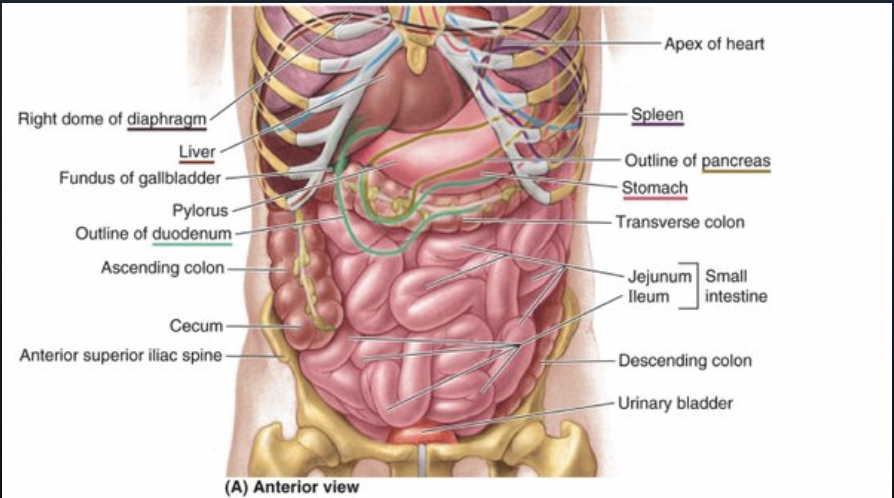
Posture & musculoskeletal system
The diaphragm has many anchor points in our body:
The bottom 6 ribs
The first 3 lumbar vertebrae
The hip flexors (psoas)
The back muscles (quadratus lumborum)
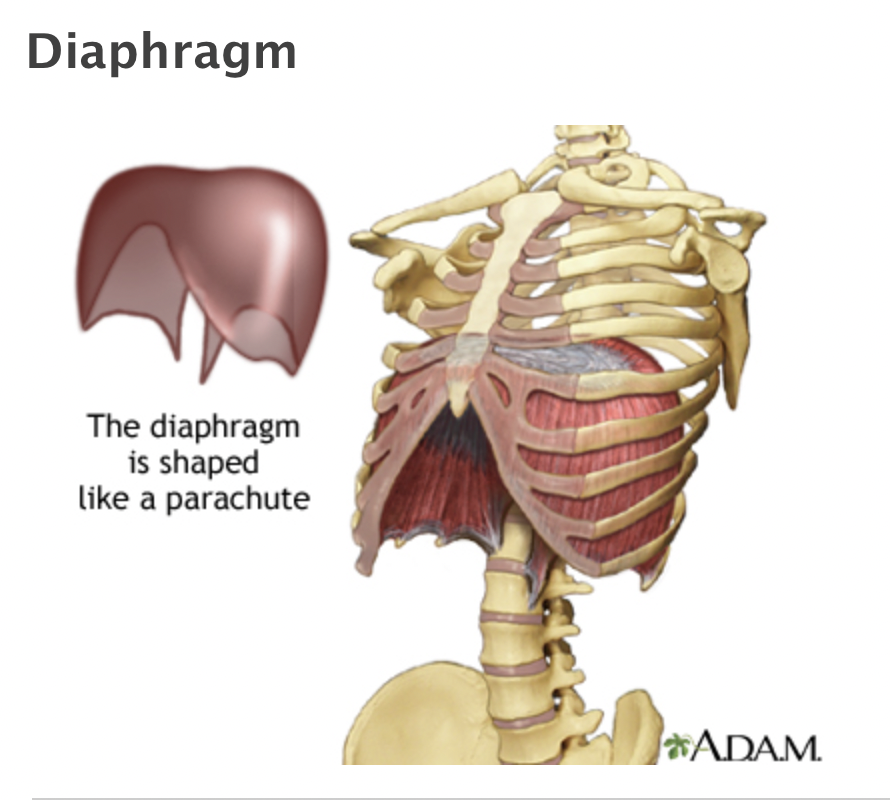
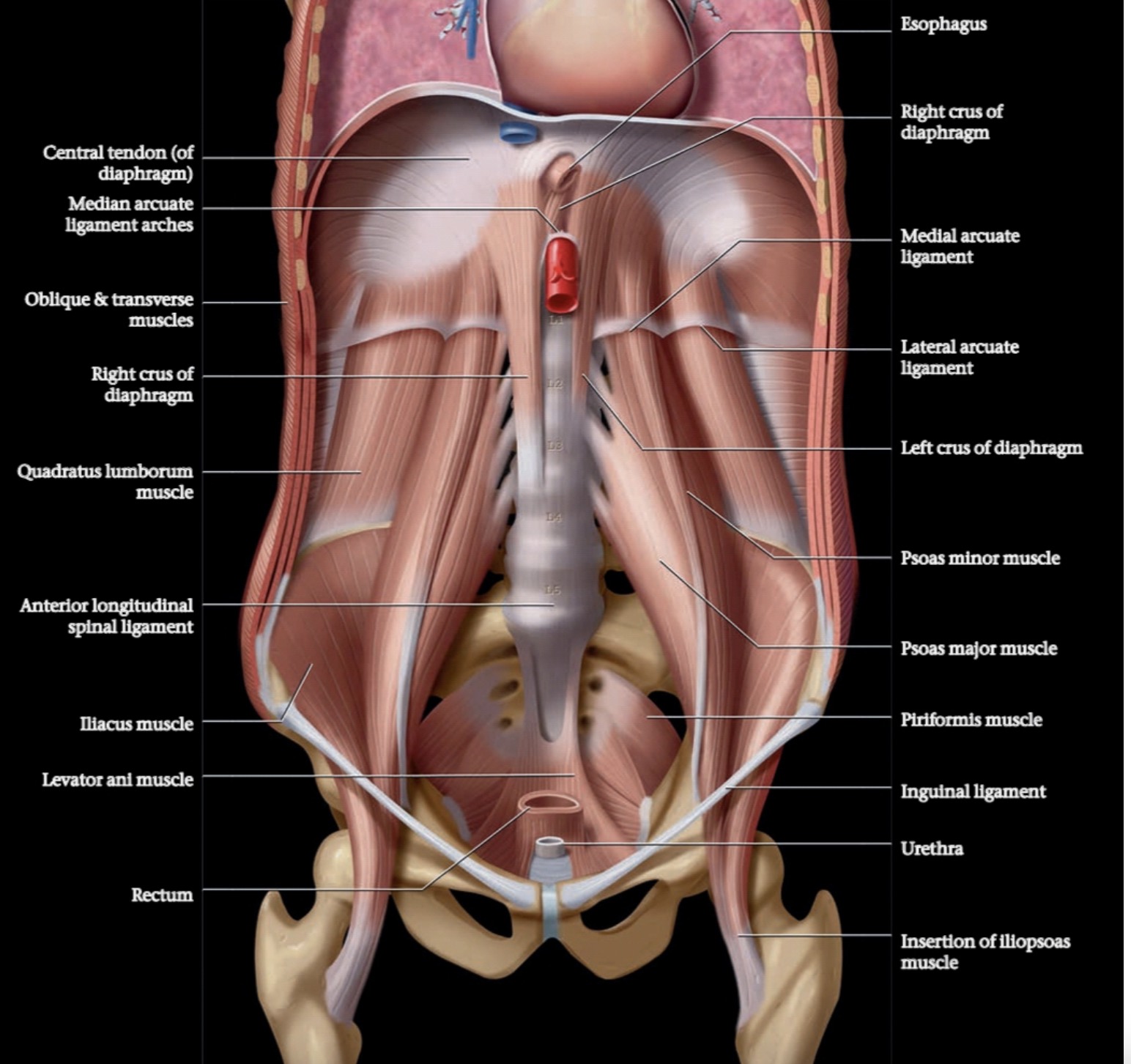
Dysfunction in the diaphragm may result in extra stress on these structures! Likewise, these joints and muscles may also impair the functioning of the diaphragm. The diaphragm also plays an important role in posture! The diaphragm is one of our key core muscles that help us maintain an upright posture. Furthermore, the diaphragm increases our abdominal pressure so that we can lift heavy objects.... or blow out a hernia.
The Diaphragm and neck pain
At Resilient Health we love to treat the diaphragm for neck-related complaints.
Did you know that the nerves that make up the pathway for a signal to come from the brain to the diaprhagm and back to the brain are via the phrenic nerve, which relates to your neck spinal nerves at the levels of C3-5 (and sometimes C6)?! These spinal nerves are also involved in making up the cervical and brachial plexus so any abnormal signaling from the diaphragm may alter motor control in the neck and into the shoulder and arm. See?! It is all connected!
Try this with me:
Sit up NICE AND TALL and take a big breath in.
Can you feel your stomach moving? Great!
Now sit in a SLUMPED posture, let your back round, and take a deep breath in again.
Notice how much less your stomach moves? Notice how much your upper chest and shoulders move?
This is because your diaphragm is squashed! Your neck muscles now have to do extra work to help you breathe! Although they are very helpful, these neck muscles are not designed to do the breathing for us all of the time. These muscles can get very fatigued and tight, creating neck and upper back complaints. You can imagine how over time poor posture could create an unhappy neck and back.
Diaphragmatic breathing
Firstly, all breathing is diaphragmatic breathing!
The diaphragm will always participate in every breath you take, however, there are specific exercises that help you target the diaphragm to help get as much expansion out of your rib cage as possible.
Try this!
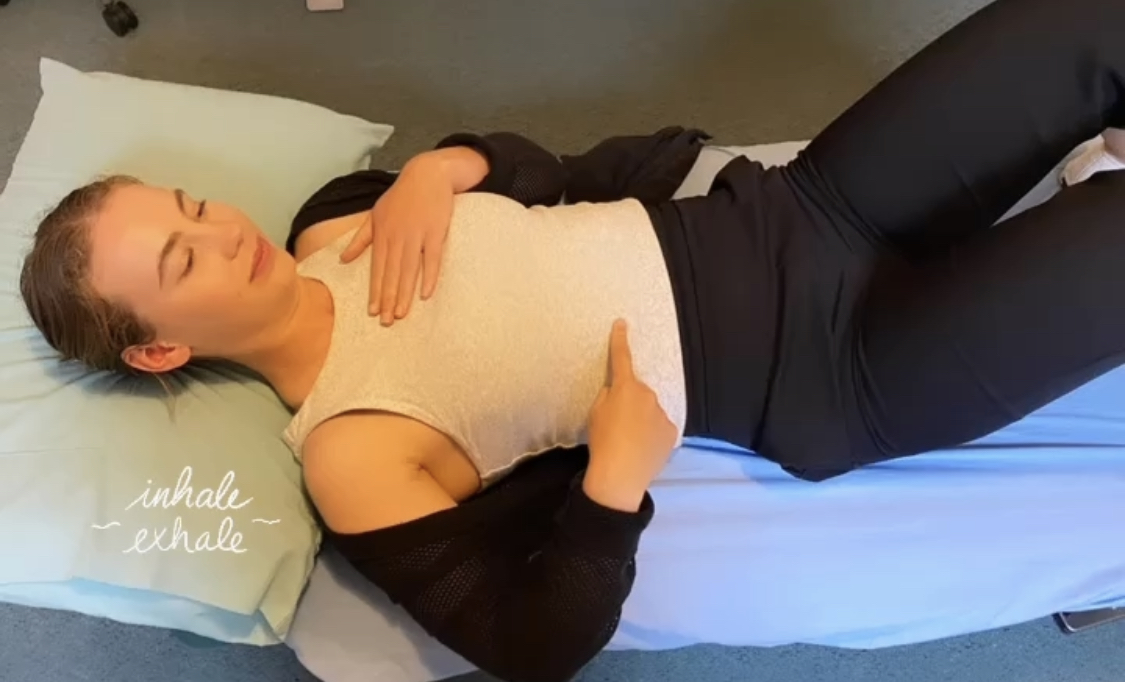
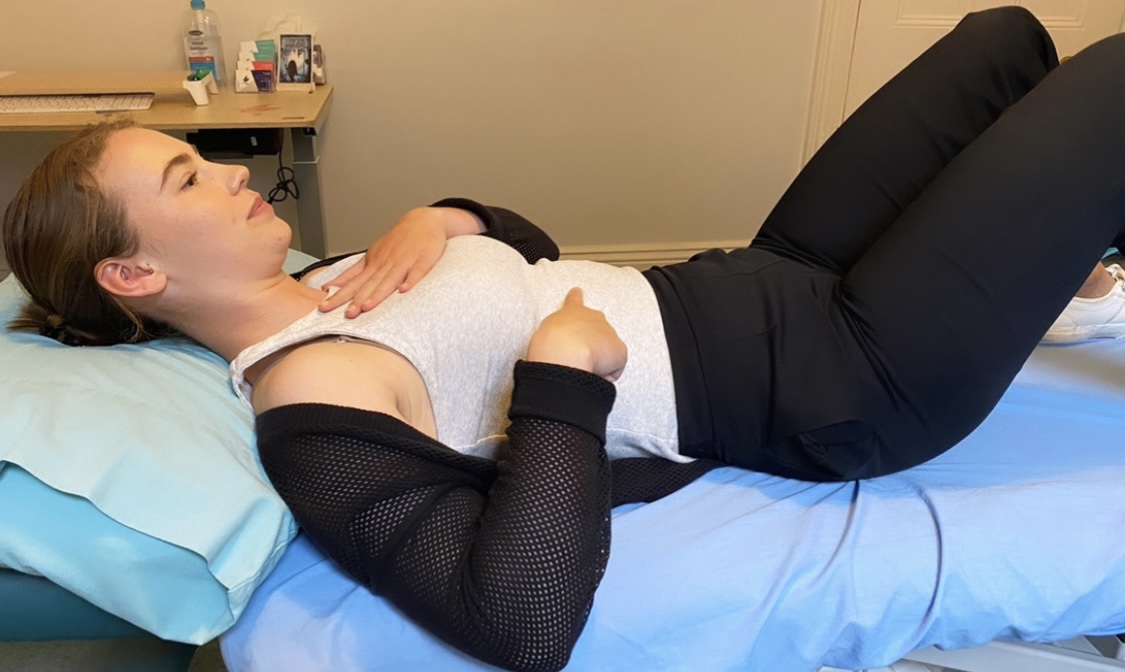
Either laying on your back or sitting upright, place one hand on your chest and one hand on your stomach.
Take a nice deep breath in and aim to feel the hand on your stomach move before the hand on your chest first.
Got that down pat?
Now, focus on getting the back of your rib cage to move!
On your next breath, aim to expand your ribs into the back of your chair or the surface behind you.
Finally, place your hands on the side of your rib cage.
On your next breath, try and fill up your rib cage so that hands travel as far outwards as possible!
Feeling like you've got this?!
You might like to place a light weight on your belly (up to 1kg) and see if you can breathe in and lift it!
OR
Try wrapping an elastic band around your lower ribcage and breathe in to stretch the band!
You’ve now harnessed the full power of the diaphragm! Go forth and breathe, circulate, digest and stand tall!
See you in the clinic!
The Resilient Health Team
Other Blogs you might also like:
PILLOW TALK https://www.resilienthealth.co/blog/37-pillow-talk-p
UPPER-BACK STIFFNESS IS A PAIN IN THE NECK! https://www.resilienthealth.co/blog/33-upper-back-stiffness-is-a-pain-in-the-neck
HEADACHES: THE WHY AND WHAT YOU CAN DO ABOUT THEM! https://www.resilienthealth.co/blog/41-headaches-the-why-and-what-you-can-do-about-them
ANTIFRAGILE HACKS FOR YOUR POSTURE (PART 21 AND 2)! https://www.resilienthealth.co/blog/38-antifragile-hacks-for-your-posture-part-1 AND https://www.resilienthealth.co/blog/39-antifragile-hacks-for-your-posture-part-2
FASCIA-NATING https://www.resilienthealth.co/blog/44-fascia-eating
References:
Caroline Stone. Science in the art of osteopathy. Osteopathic principles and practice. Stanley Thornes Ltd, Cheltenham 1999.
Moore, K., Agur, A. and Dalley, A., 2014. Clinically oriented anatomy - 7th ed. Lippincott Williams & Wilkins.
Hodges PW, Heijnen I, Gandevia SC. Postural activity of the diaphragm is reduced in humans when respiratory demand increases. J Physiol. 2001; 537(Pt 3): 999–1008, PMID: 11744772.
SOURCE IMAGES FROM:
"diaphragm"- https://medlineplus.gov/ency/imagepages/19072.htm
diaphragm and all muscle https://www.radiomind.org/2019/02/abdominal-wall-and-para-spinal.html
anterior view w digestive system https://dbechtold.weebly.com/digestive-system.html
"in breath, out breath" https://tribreath.com/diaphragm-breathing/
Diaprhagm and vessels from Netter originally https://www.caseyeaston.com/blog/2018%2F10%2F9%2Fdiaphragms-are-the-only-skeletal-muscle-you-need-to-live-treat-them-well
diaphragm ONLY https://jennyputtpt.com/2020/05/09/the-diaphragm-more-than-just-a-muscle/
